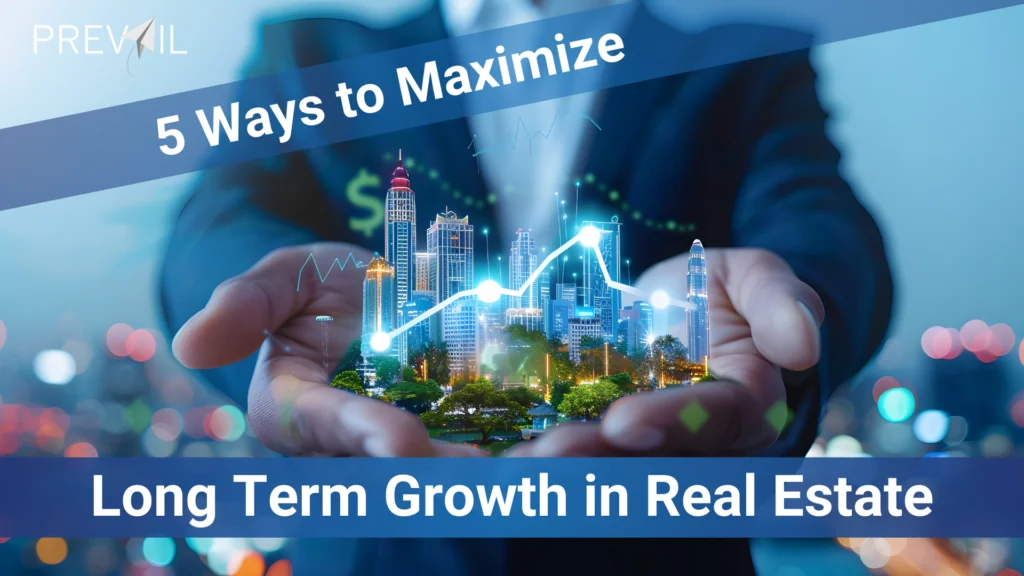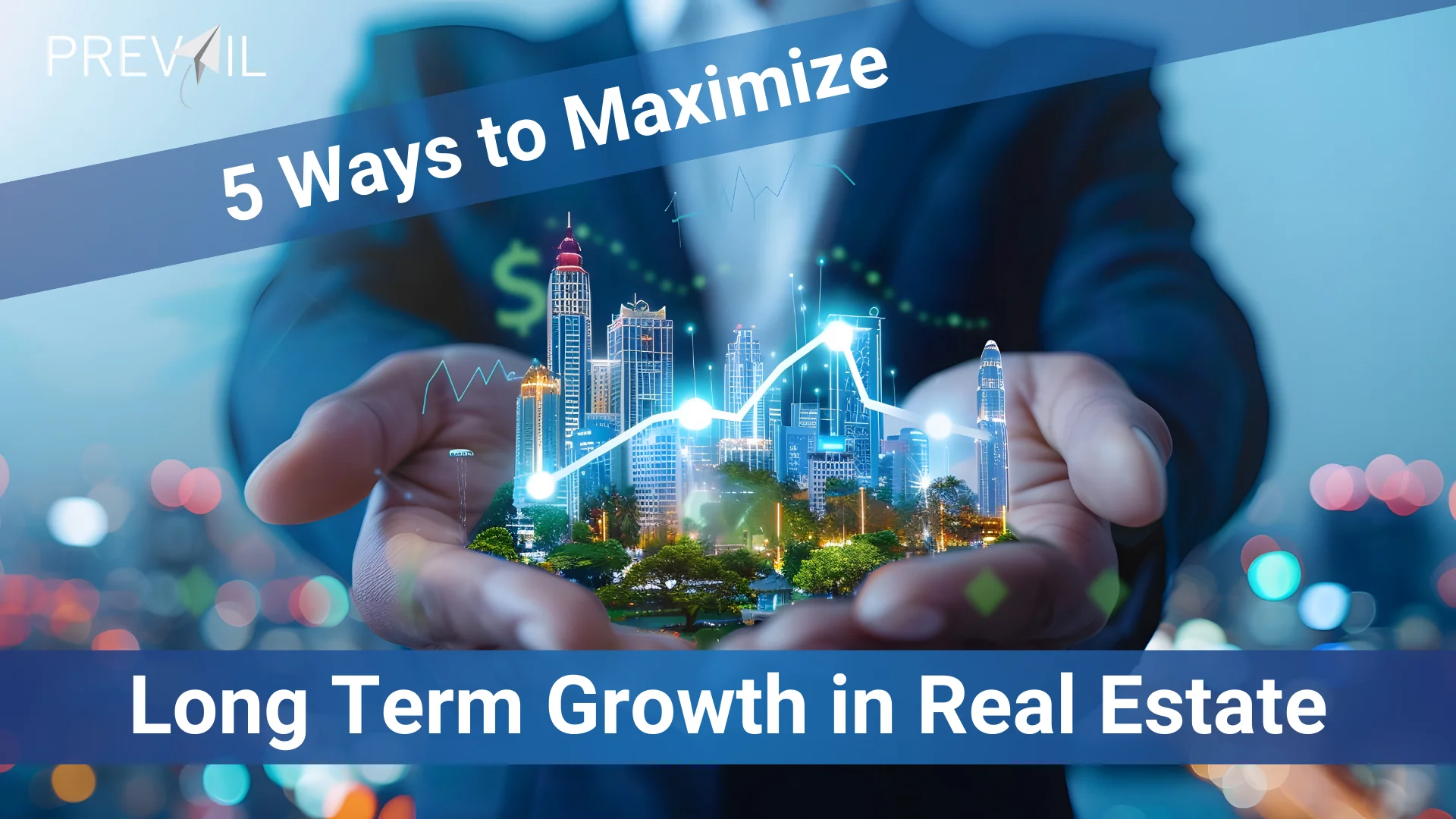We can’t predict the future market but, based on historical data, we know that cycles will likely happen. Market corrections, recessions, and yes, inflation occurs every so often, so it’s important to prepare your portfolio to withstand those fluctuations.
Diversification is a powerful tool used to weather economic cycles and it is tough to pick up any article, book, or blog post on investing without seeing a command to “diversify.” And the terms to describe it can be mystifying…….modern portfolio theory, non-correlated assets, correlation co-efficient, sectors, and sub-sectors ………… and typically, all accompanied by a pie chart.
Let’s take it down a notch and outline 5 different ways you can 5 ways to maximize long term growth in real estate.
Real Estate Subsectors
Within the real estate world, there are a variety of sectors and subsectors of types of real estate to choose from. You can invest in multi-family, office space, medical office space, retirement homes, self-storage, industrial, retail and more. By including multiple types of properties, you are effectively hedging the risk that any single subsector will take your portfolio down even with broad changes in the economy.
Real Estate Location
On any given day, one city might be booming while a neighboring area is at a standstill or retracting. Smart real estate investors look for properties in areas that are or are expecting growth.
By diversifying across multiple cities, counties, or states you can take advantage of the potential across multiple markets and hedge your bets against a correction in any one location.
The challenge in diversifying geographically is finding the research or local market expert to feel comfortable with that area. This is a benefit of passive real estate investing- you don’t have to know all local markets; you can leverage the expertise of the sponsor team in each market.
Maximize Long Term Growth: Asset Class
In addition to real estate subsectors, there are also different asset classes like the range of government-subsidized to luxury unit prices in each subsector. Apartment complexes, for example, can be found ranging from Section 8 subsidized, moderately priced units, nicely developed units for the upper-middle class, and finally the ultimate luxury apartments in wealthy neighborhoods.
Certain asset classes, like moderately priced units, do well during rough patches in the economy. Luxury units tend to do better during boom years. To diversify, it’s important to have both kinds in your portfolio so that at any given point in the inevitable economic swings, your portfolio will be in the black.
Real Estate Hold length
Passive real estate investments have an associated “hold time” which can range from 3-10 years (or more) depending on the strategy. While there are no guarantees as to when the property will be sold or for how much, consider varying the hold times of your investments. That can help smooth out your cash flow and potential time avoiding paying capital gains tax by using a 1031 exchange to move your cash into the next deal.
New construction real estate or a flip?
Investing in an existing property that needs some upgrading can be very different than investing in a project where the sponsor is buying a plot of land and building the asset.
New construction is often regarded as having more types of risk including approvals from the local government, construction delays and costs of raw materials, and possible difficulties in leasing up the property to capacity. However, new construction projects often have a higher return profile than flipping an existing property. It won’t cash flow as quickly as a flip, but the market value of a newly finished, occupied building is often much higher than the sunk costs of buying the land and building it.
By contrast, buying an existing building tends to have a lower risk profile and is often pro forma’d to have lower expected returns. The opportunity to “flip” and sell it for big gains is typically based on either increasing the rent charged or physical improvements to be made. But, even using both strategies, returns are typically less than with new construction that starts with a clean slate.
Keeping both buy and build properties in your real estate portfolio can help spread your investment eggs out and reduce the overall risk to your investments.
5 Ways to Maximize Long Term Growth: Conclusion
At certain times, it feels like the market will keep going up forever. At other times, it seems like no matter where you invest your money, it feels like the downward spiral will continue nonstop. Frustrating for sure, but we know that cycles start, and they also stop at some point, and portfolios should be diversified in preparation for that next phase.
Keep these five diversification tips in mind as you explore potential deals. When you do, it will help you find new opportunities to diversify your portfolio, no matter the current market cycle.


















